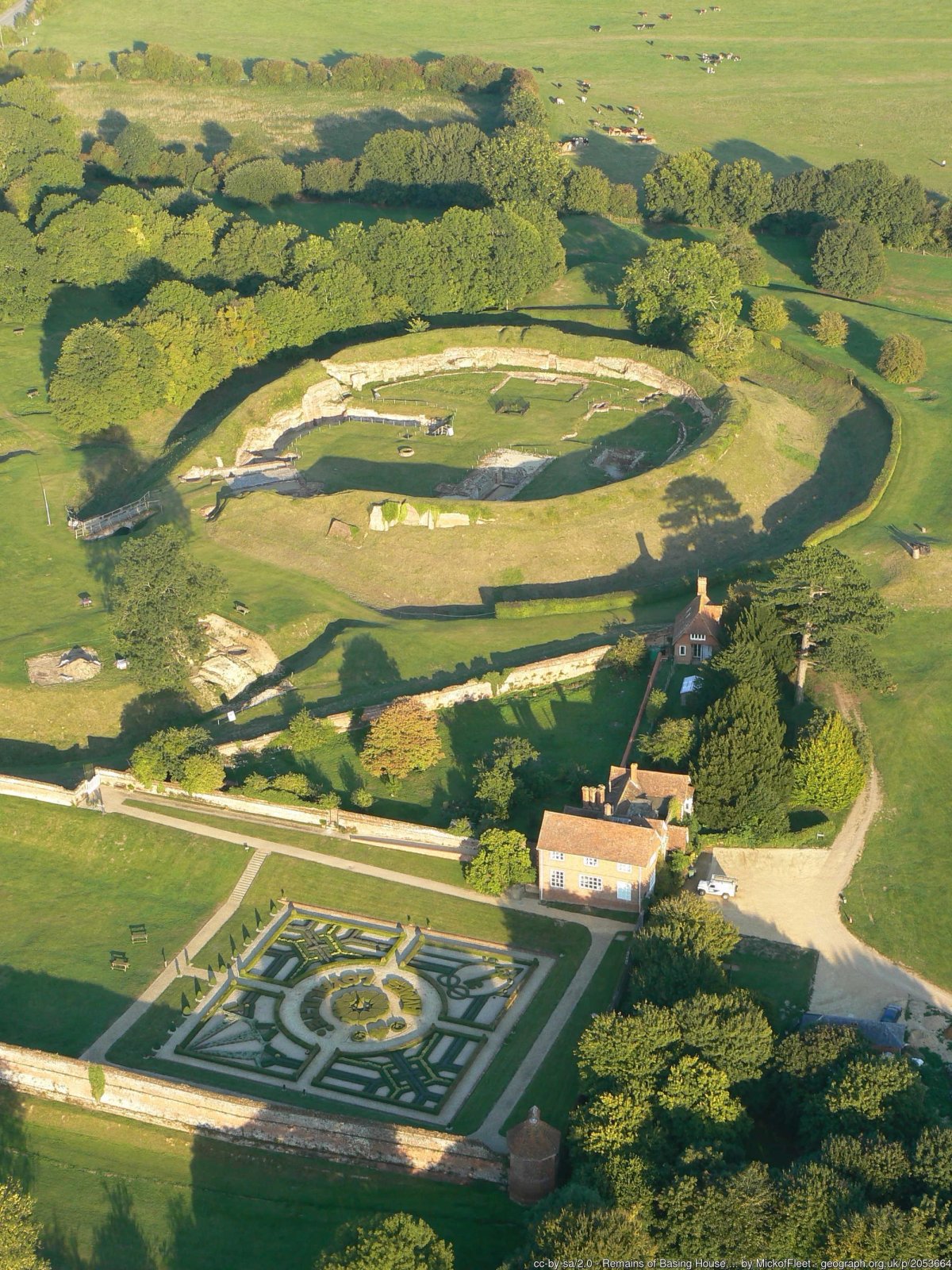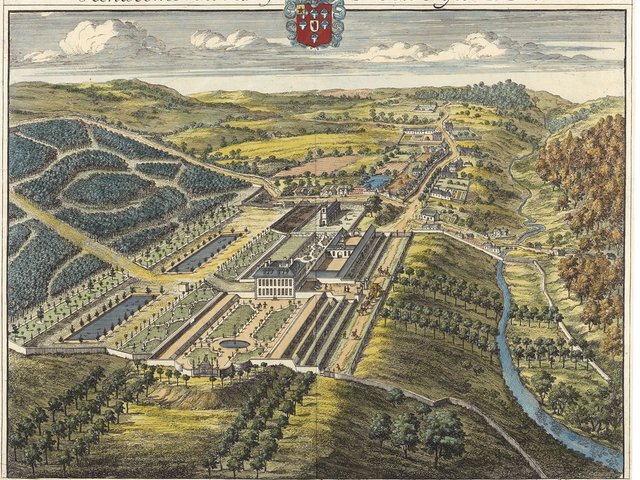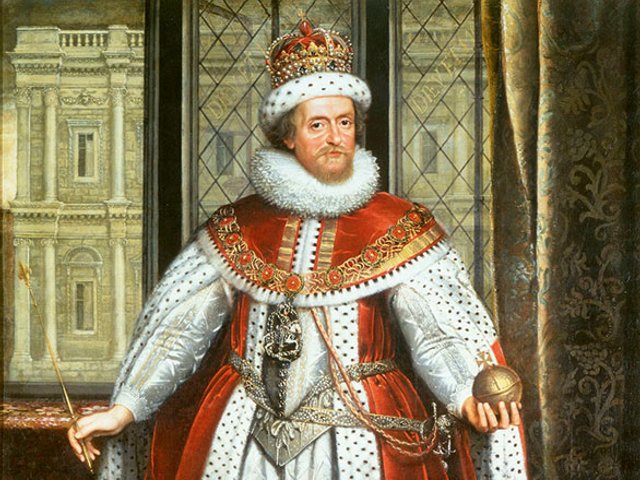About 50 miles south-west of London, within earshot of the grumbling traffic on the M3 and the tangle of Basingstoke’s ring roads and roundabouts, there is a thoroughly confusing visitor attraction. Here, a small village, a huge barn and a recreated 17th-century knot garden sit among green fields heaving with lumps and bumps that look more like the remains of a Bronze Age hill fort than a Jacobean mansion.
A prospective visitor would be well advised to read Jessie Childs’s enthralling book first, to make any sense of it. This is not just one of the ruins that Oliver Cromwell knocked about a bit, in the words of the music hall ballad. This is the site of Basing House in Hampshire, known as Loyalty House from the family motto. Cromwell wiped it off the map of England after the Marquess of Winchester had seen off two previous sieges.
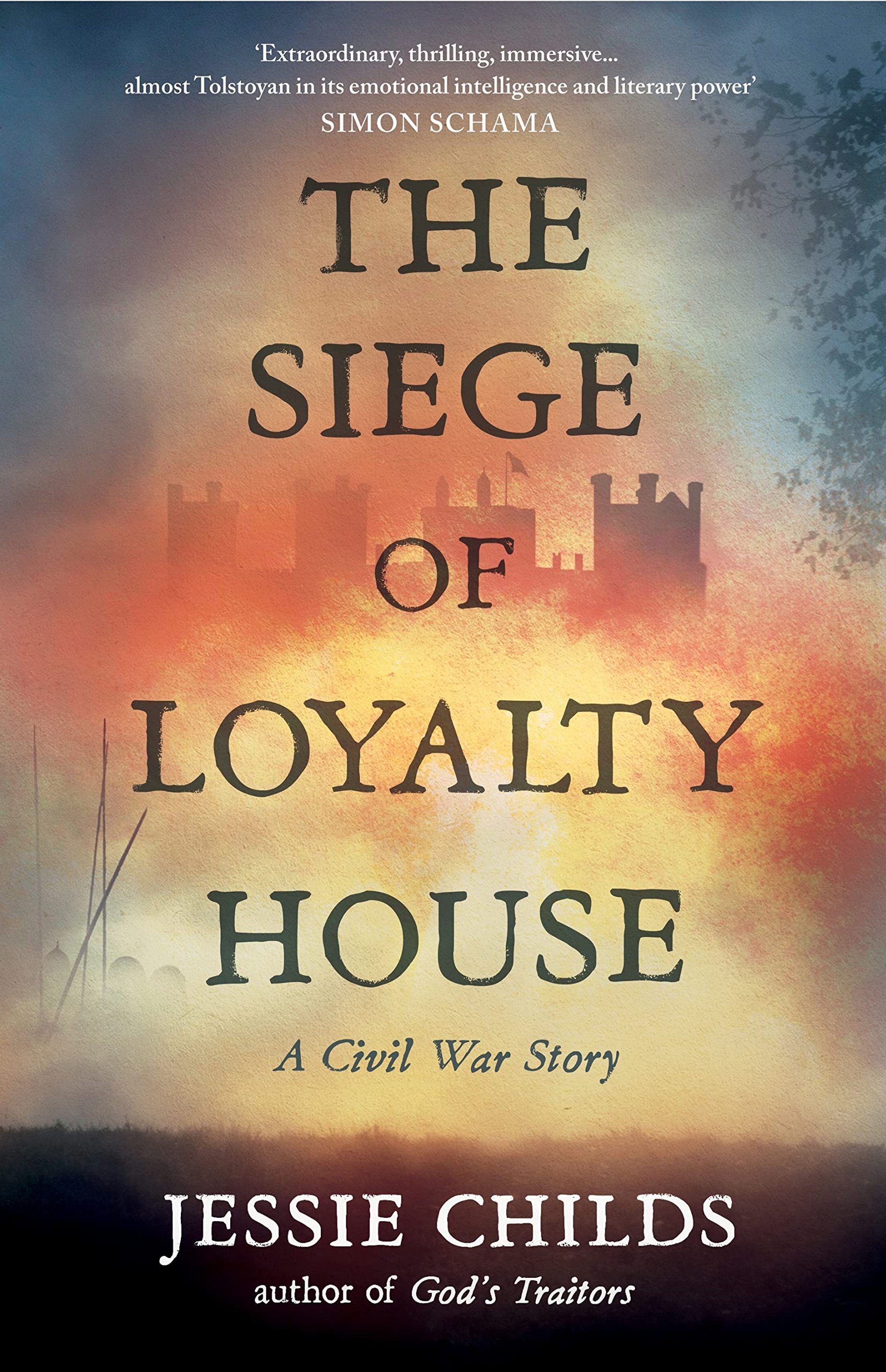
This is history as rip-roaring narrative, not iconoclastic theorising. Childs sets up the English Civil War (1642-51), part of the wider Wars of the Three Kingdoms, neatly but quickly: the moderates in the middle failing to hold the ring against the fanatics on both sides, and the inexorable confrontation between a king, Charles I, afflicted with the conviction of his own divine right, and Puritans convinced their victory was assured by divine will.
“There were,” she writes, in words with a contemporary shiver, “exciting discoveries and terrible new prospects … There were culture wars … Plague stalked the earth. There was a growing feeling that the end days were coming—it was a terrifying, electrifying time.”
Childs quickly focuses on an extraordinarily motley crew—including near neighbours from Snow Hill in London who barely escaped the city as its gates were closing—blown by the winds of war into Basing. The two garrisons, of professional soldiers and followers of the aristocratic owner, were defending over 1643 and 1644 what was said to be the grandest private house in England or, as one source put it as England began to rip itself to shreds, “a nest of the vilest vermin in all the kingdom”. Soldiers and shelterers at Basing House eventually included the famous classical architect Inigo Jones, who survived, the renowned comic actor William Robbins, who was still making rude jokes on the ramparts moments before his death, and an irresistible character, the apothecary Thomas Johnson, whose previous travels had been “herborising” adventures in which he identified scores of medicinal herbs and climbed Snowdon.
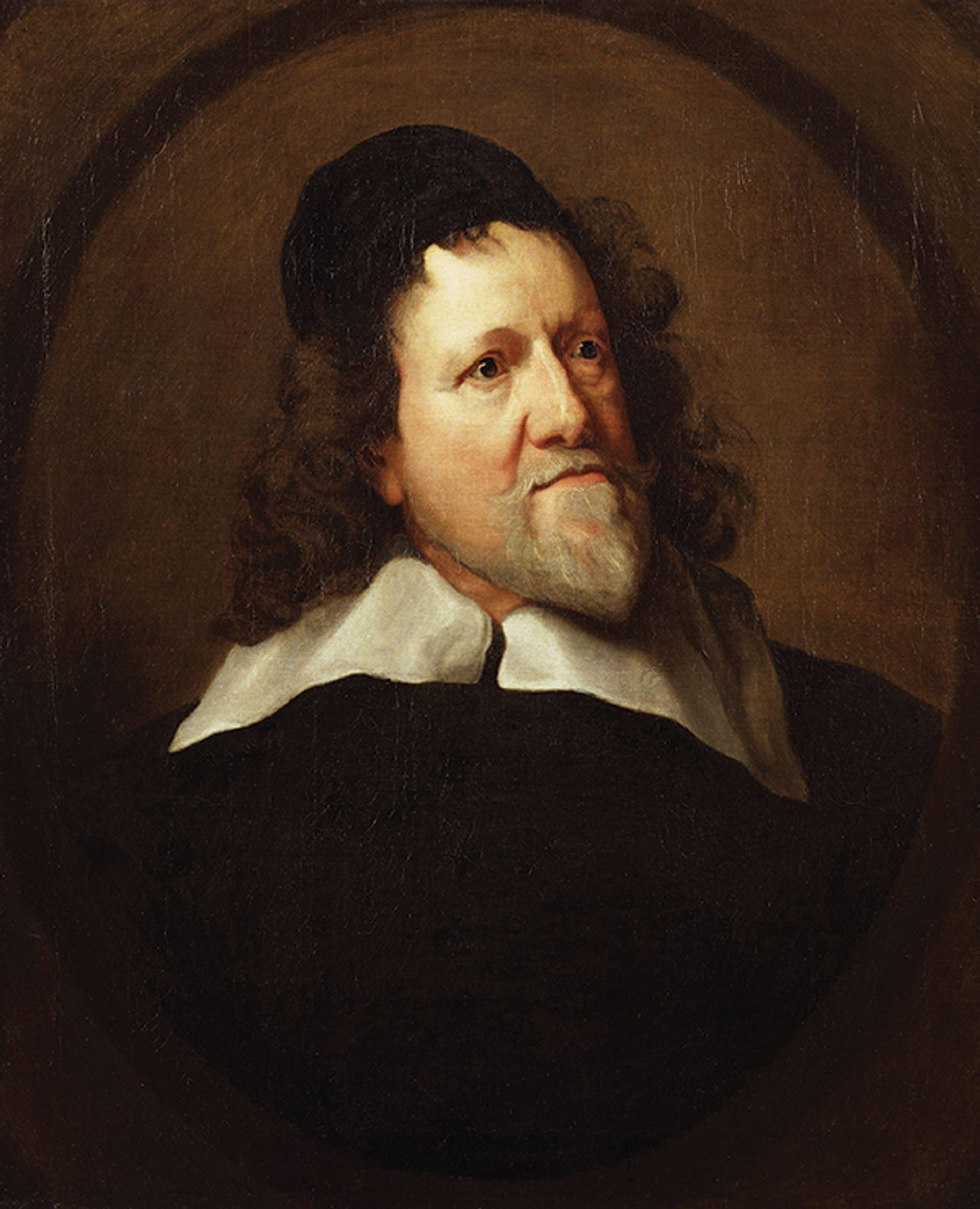
Architect Inigo Jones was at the third and final siege of Basing House in 1645 National Portrait Gallery
The Puritans undoubtedly regarded the Roman Catholic and half-Irish Honora de Burgh, second wife of John Paulet, the fifth marquess, as one of the vermin. Their determination to destroy Basing was not just because of its strategic importance as a royalist stronghold on a main route to the capital, but from hysterical portrayals of it stuffed with priests, Irish, recusants, savage ungodly women, and treasure. The last proved true enough in the long inventories of loot when Cromwell finally blasted and burned the house into submission—1,000 chests of valuables, 100 sumptuous women’s gowns and 40,000 pounds of cheese were taken.
Honora’s portrait shows her sweet-faced and tranquil, in satin, lace and pearls the size of quail eggs. She looks as if her greatest anxieties might be the children’s Latin lessons or whether there would be enough swan for dinner if the king dropped in on a hunting trip. You would not expect her, as she was described by an eyewitness, to be perched high among the battlements with her women, stripping lead from the roofs to melt into bullets. She survived the onslaught, as did her husband, but two women by her side were killed by a cannon ball, and corpses from both sides eventually filled graves among the ruined orchards and farm buildings; bones with savage sword cuts still turn up in the grounds.
This is Childs’s third book in 16 years, a rate of progress she blames on an inability to resist alluring side roads while powering through archives and records. And she does include many irresistible details which light up but are not strictly essential to her story. Both her previous books, God’s Traitors (2014) and Henry VIII’s Last Victim (2006), won awards, and I would be amazed if this does not make it a hat-trick.
Jessie Childs, The Siege of Loyalty House: A Civil War Story, Bodley Head, 336pp, £25 (hb), published 19 May
• Maev Kennedy is a freelance arts and archaeology journalist and a regular contributor to The Art Newspaper


